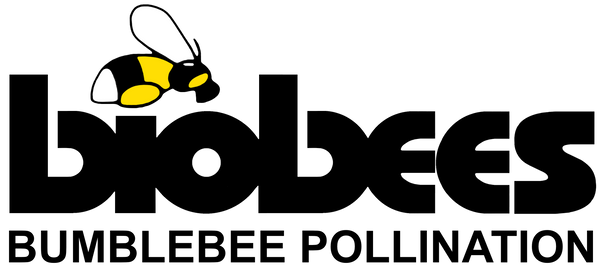Disposal of Used Hives
Please dispose of boxes in a responsible manner.
It is recommended that disposal is not carried out until the hive has been given ample opportunity to run its course, allowing for new queens and males to leave the hive, and to reduce the likelihood of stings if worker bees or queens are still present.
Bee Brood
We are referring to the insulating wool, bee brood (primarily spent pupal cases), dead bees, wax pots and other organic matter found internally within the plastic inner box. All of this matter is organic, and can be composted or buried.
Cardboard Outer
The cardboard outer can be easily dismantled to lay flat and can be recycled with other cardboard. There are several staples on the front rim of the lid section, however the rest of the box is held together by tabs. Start by pulling the inside front wall up to release the side walls.
Insulated Polystyrene Outer
Please consider re-using this box.
It can be dismantled to reduce its overall size for storage, and it is possible to transfer a new hive from a cardboard box when your next hive is required. Before doing so, we recommend that the outer box is decontaminated with a disinfectant and thoroughly rinsed and dried to ensure no parasites or disease can be transferred to the new hive.
Alternatively with a quick clean it may make a reasonable storage box, particularly if some airflow is beneficial. If reuse is not possible then there are a limited number of polystyrene recycling options, so we recommend checking out what might be possible in your area. If no options are available, then please ensure the box is sent to an approved landfill.
Inner Hard Plastic Box
This includes the sliding mechanism, ventilated lid, inner hive box and rearing tray (internal to the hive box).
These components are made from polypropylene (PP) plastic. PP is number 5 in the resin identification code, and can be readily recycled and reused many times over, so where possible please recycle this plastic. Unfortunately we do not have a re-use program at present for the safety and health of the bees, as the return of used hive parts is a considerable contamination concern.
If your local council accepts this plastic (unfortunately this is a somewhat limited list at present), then please make sure the box is clean and fit for recycling, as dirty plastics are typically sent to landfill regardless. The waxes and oils from the hive can be challenging to remove so before starting please scrape as much off as possible with a stiff scrapper and compost or bury it. We recommend using very hot water (ideally close to boiling) with detergent, high gloves and a scrubbing brush. Please be careful not to scald yourself. It is also possible to soak the bases in a strong hypochlorite bleach bath for several days to soften the waxes.
Sugar Bladder & Wick
The wick is made from PP like the harder plastics above, so can be soaked in a little bleach and rinsed before disposing of in the same manner as the harder plastics.
The bladder should be rinsed with warm water to remove remaining sugar, then the rigid neck can be cut off so the soft plastic can be recycled with other soft plastics (typically at supermarkets or other large retailers). The neck will have to be sent to landfill.
If the hive was sent in a cardboard outer, the cardboard surround around the bladder should be sent to cardboard recycling.
